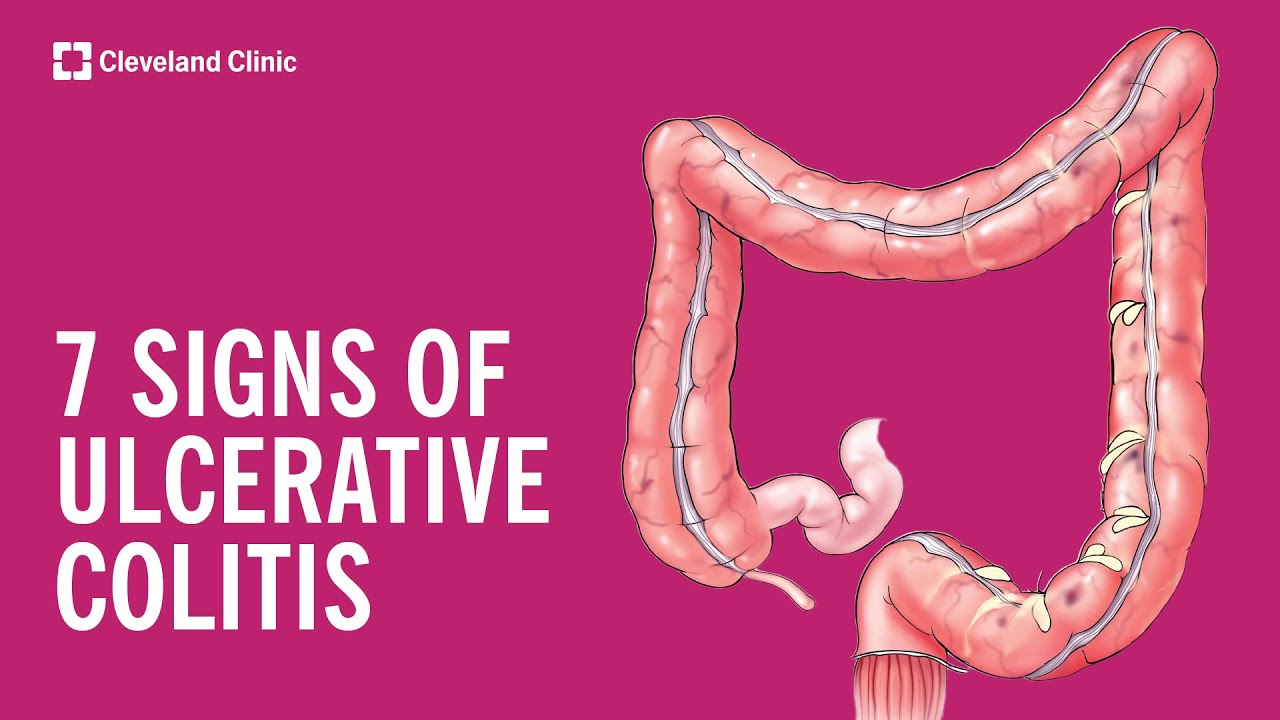The Gastroenterology Channel
NEW YORK (Reuters Health) – The likelihood of small bowel obstruction (SBO) developing because of adhesions following abdominal or pelvic surgery is generally lower with laparoscopic procedures than with open operations, a Swedish team reports in the April issue of the Archives of Surgery.
“This study shows that, beyond important factors such as age, previous abdominal surgery, and comorbidity, the surgical technique is the most important factor related to SBO,” conclude Dr. Eva Angenete, of Sahlgrenska University Hospital/Ostra in Gothenburg, and colleagues. “Compared with laparoscopic surgery, open surgery seems to increase the risk of SBO at least 4 times.”
The authors note that while laparoscopic surgery is less traumatic than open surgery and should result in fewer adhesions with reduced risk of SBO, this benefit has not been convincingly demonstrated.
They therefore undertook a study of SBO incidence in 108,141 patients undergoing abdominal or pelvic surgery over a 3-year period, using the Swedish national Inpatient Register.
Procedures included cholecystectomy, hysterectomy, salpingo-oophorectomy, bowel resection, rectal resection, rectopexy, appendectomy and bariatric surgery. The proportion of patients undergoing a laparoscopic procedure ranged from 1% with hysterectomy to 89% for cholecystectomy.
During 5 years’ follow-up, the incidence of SBO varied depending on the procedure, from 0.4% in cholecystectomy patients to 13.9% among patients who underwent abdominoperineal resection of the rectum.
The frequency of hospitalization for SBO was always higher with open rather than laparoscopic surgery for all procedures except bariatric surgery, the investigators found.
On multivariate analysis, the adjusted odds ratio for SBO with open versus laparoscopic operations was, for example, 2.9 for cholecystectomy, 7.6 for salpingo-oophorectomy, 4.9 for bowel resection, and 2.2 for appendectomy, but 0.7 for bariatric surgery.
Other independent risk factors for SBO were age, previous abdominal surgery and some comorbidities, Dr. Angenete and colleagues found.
Overall, they conclude, “The safety and the short-term benefits of laparoscopy are already known, and it is possible that laparoscopy should be regarded as the preferred technique in an attempt to further reduce the complications of surgery.”
In an invited critique, Dr. Luke M. Funk and Dr. Stanley W. Ashley of Brigham and Women’s Hospital in Boston, Massachusetts, point out undetermined cost issues but conclude, “Angenete and colleagues have provided strong evidence that minimal invasion often results in maximal benefit.”
SOURCE:
Arch Surg 2012;147:359-365.







